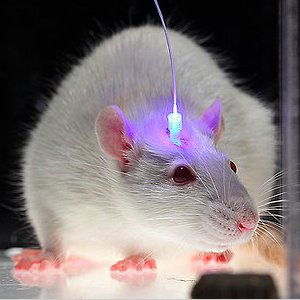
- Recent studies have shown that subpopulations of neurons activated during learning are reactivated during subsequent memory retrieval, and reactivation of a cell ensemble triggers the retrieval of the corresponding memory. Moreover, artificial reactivation of a specific neuronal ensemble corresponding to a pre-stored memory can modify the acquisition of a new memory, thereby generating false or synthetic memories.
- The team used a technique called optogenetics, which involves genetically modifying specific populations of neurons to express light-sensitive proteins that control neuronal excitability, and then delivering blue light through an optic fiber to activate those cells.
- The findings show that synchronous activation of distinct cell ensembles can generate artificial links between unrelated pieces of information stored in memory, resulting in long-lasting changes in behavior. “By modifying this technique, we will next attempt to artificially dissociate memories that are physiologically connected,” the researchers say.